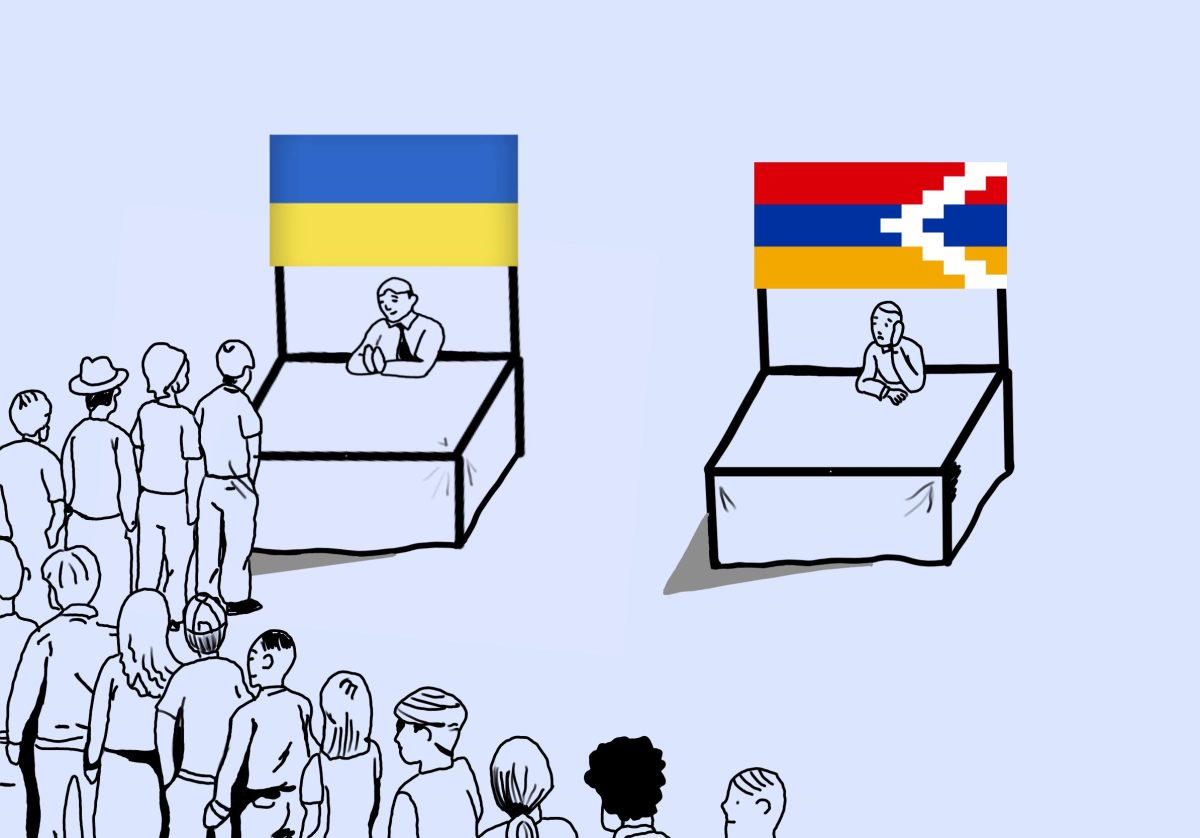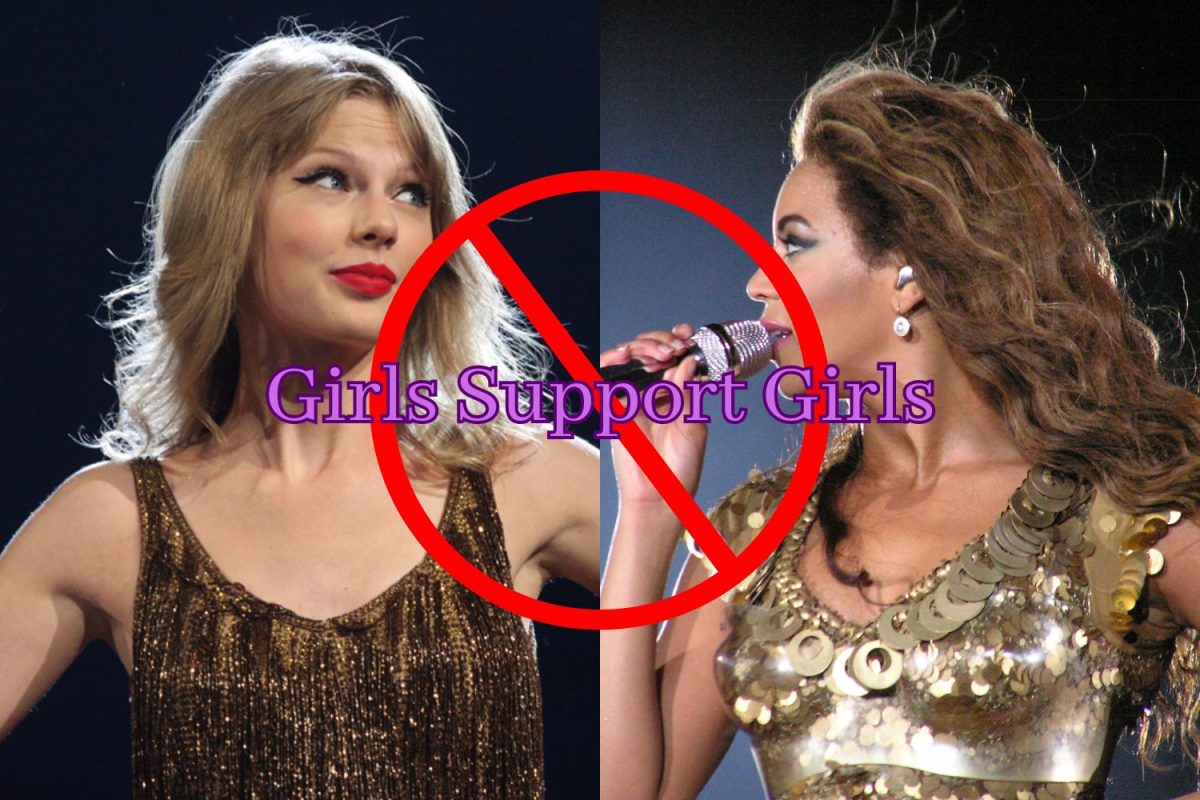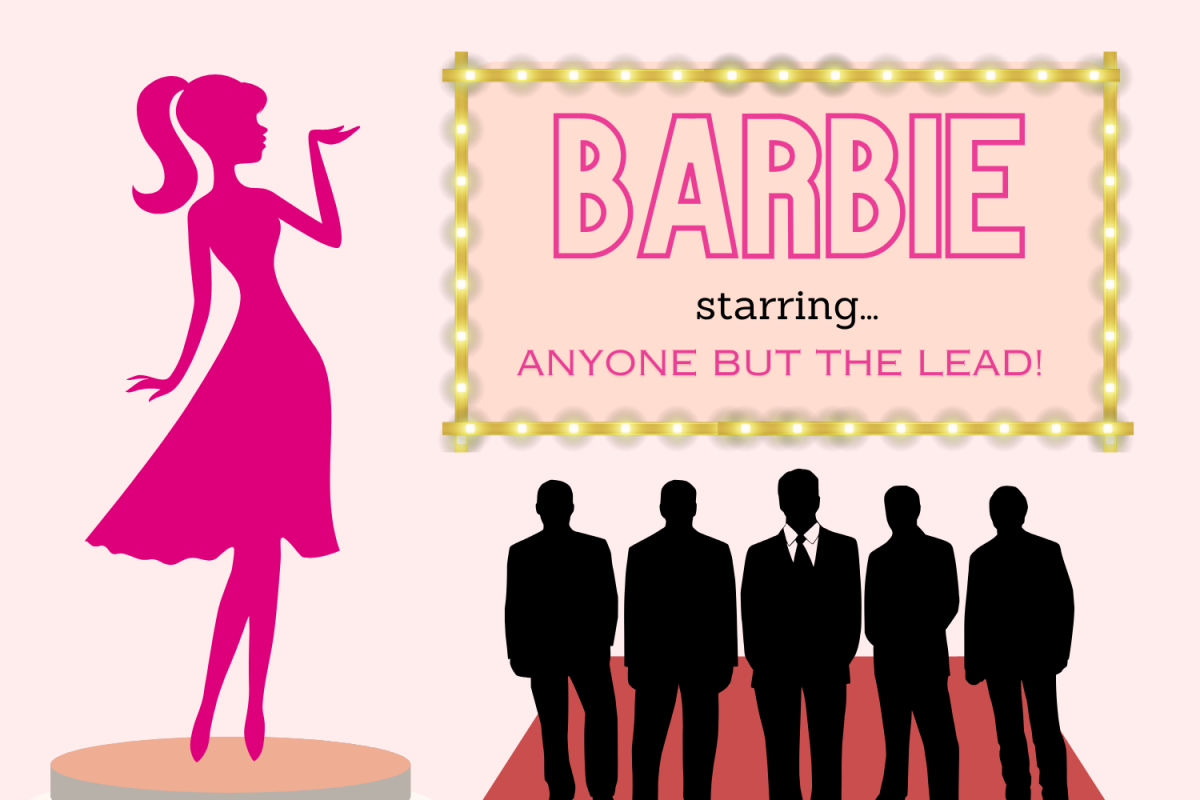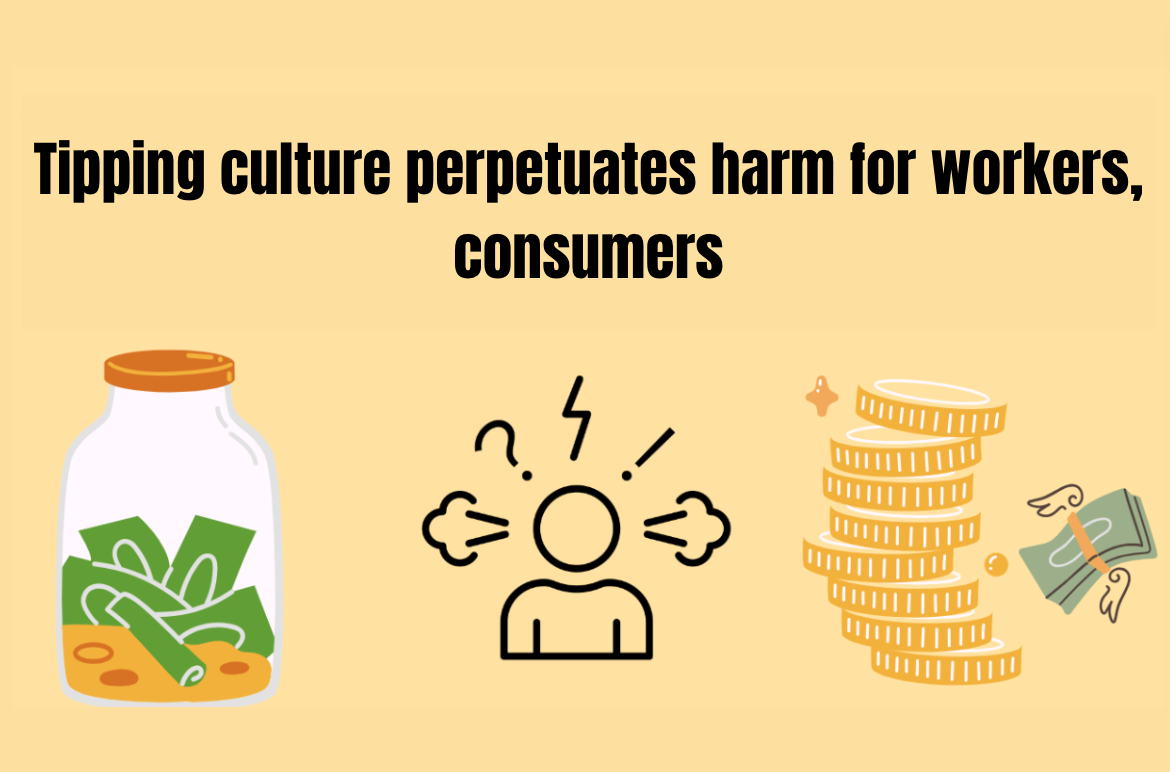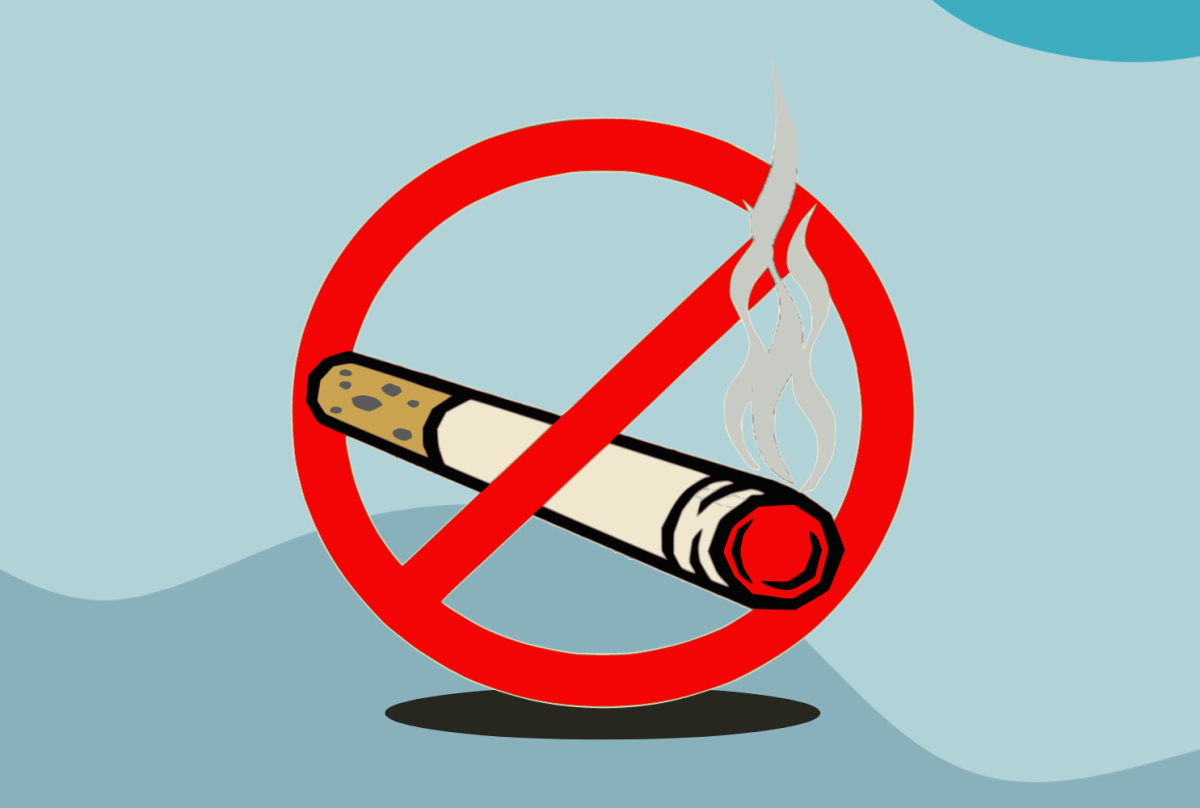When I arrived at ASL as a freshman, I had trouble making friends. This was not a result of my lack of social skills (or at least I would like to think so), but more a result of having to adapt to the social setting at ASL.
The social scene at ASL is primarily made up of cliques and groups, and although there is interaction between the groups, they are set in stone. While my previous school had its own faults, its clique mentality was not quite as extreme.
For me, this idea of being in a certain group presents a problem, one of exclusivity. It is hard to be involved in social events if you aren’t part of a certain group of friends. Of course those groups come together at larger social gatherings, but unless there is a school-wide party, if you are not part of a group, inclusivity in these events is less likely.
There are not many “floaters”, so to speak, or people who are just friends with everyone. At least from my personal experience everyone is considered to be a member of this or that group of friends. This is where some of my troubles originated from when first arriving at the school. Instead of trying to gain entry into one of ASL’s social groups, I tried to make random friends. I eventually caught on to ASL’s social norms and was able to find myself a group of friends that suited me.
These groups, along with image, can be formed based on being part of a sports team, being involved in theater and music, where people are from, or simply because all of the people in the group have deemed the other members to be “popular.” While admittedly some of these topics express common interest, they can also bring up issues of exclusivity.
The idea that the glue holding a social group together is based on image or popularity can cause fake and disingenuous friendships, those that are more focused on appealing to others than on enjoying camaraderie amongst themselves.
This is not to say that I don’t love my friends and hanging out with them, nor am I saying that I don’t experience similar instances of camaraderie in other groups of friends in the school.
I don’t think this concept is specific to ASL either, although it is more extreme here. Maybe this is an argument that needs to be aimed at a larger audience – at young people in social situations in all schools. But that doesn’t take away from the fact that it is prevalent at ASL and that it is something we can benefit from analyzing.
It’s not an easy issue to solv: How can one completely change the social structure of an entire community? I’m not naive enough to suggest that this problem will ever be completely eradicated, but like all issues, it can be improved.
I’m calling for a heightened self-awareness, in that one realizes when they are excluding someone, or even a group of people, on the grounds of image. It’s not a matter of teaching or forcing inclusivity like the administration may want or aim to do. It’s more about students looking within themselves and deciding whether a person is your friend because you enjoy their company, or as a result of less genuine qualities. Actions like these would greatly benefit the High School social structure and the wider ASL community.
zack_ashley@asl.org


